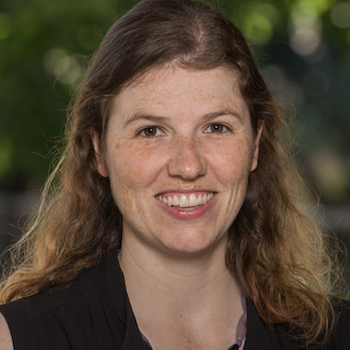PHY1498H F (FAS PHY492H)
Introduction to Atmospheric Physics
Official description
This course provides an introduction to the thermodynamics, stability, and dynamics of the terrestrial atmosphere. It represents suitable preparation for research in experimental and theoretical atmospheric physics. It is also relevant for research in oceanography and planetary atmospheres. Topics include hydrostatics, atmospheric vertical structure, dry and moist thermodynamics, stability for small- and large-amplitude displacements, conservation laws, internal gravity waves, geostrophic balance, thermal wind balance, vorticity, circulation, and potential vorticity. Coursework involves analytic and computational exercises, some observational data analysis, and reviews of papers in the Atmospheric Physics literature.
References (not required):
- Atmospheric Science, An Introductory Survey, Second Edition, John M. Wallace and Peter V. Hobbs, Academic Press, 2006.
- Fundamentals of Atmospheric Physics, Murry L. Salby, International Geophysics Volume 61, Academic Press, 1996.
- An Introduction to Dynamic Meteorology, James R. Holton, International Geophysics Volume 88, Academic Press, 2004.
- An Introduction to Geophysical Fluid Dynamics, Benoit Cushman-Roisin and Jean Beckers, International Geophysics Volume 101, Elsevier.
Course format:
This is an in-person course. Lecture notes will be posted in advance of in-person class meetings, and recordings of in-person classes will be posted. Recordings of in-person class meetings will be posted.
- course title
- PHY1498H F (FAS PHY492H)
- session
- fall
- group
- cross listed course
- time and location
-
Lecture: Tue, 3-4 pm (RW 140); and Thu, 12 noon-1pm, (RW 140) Tutorial: Tue, 4-5pm, (RW 140)
- instructor
-

